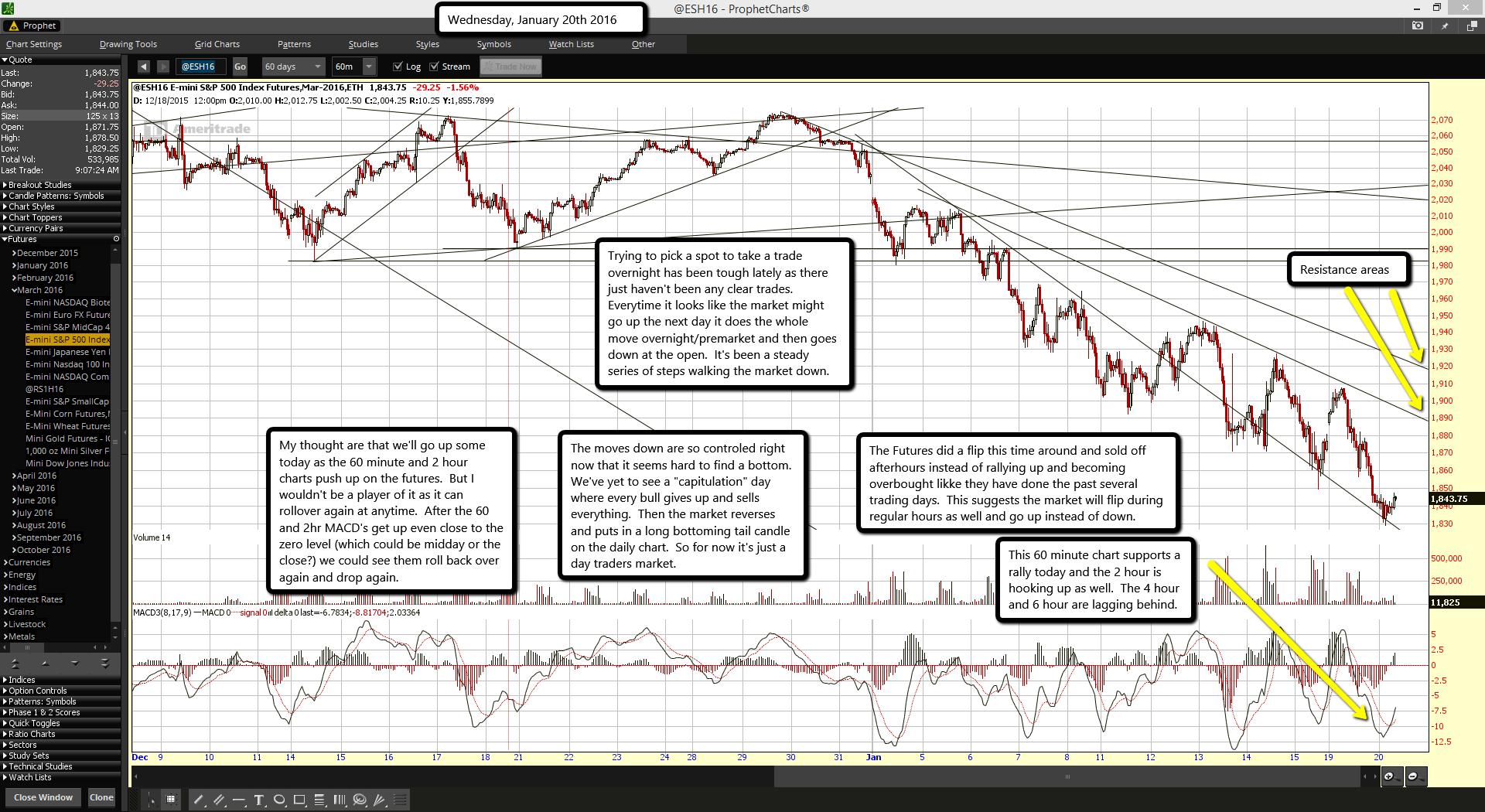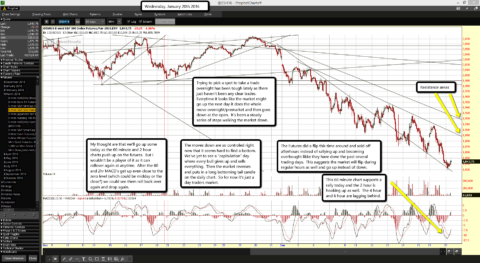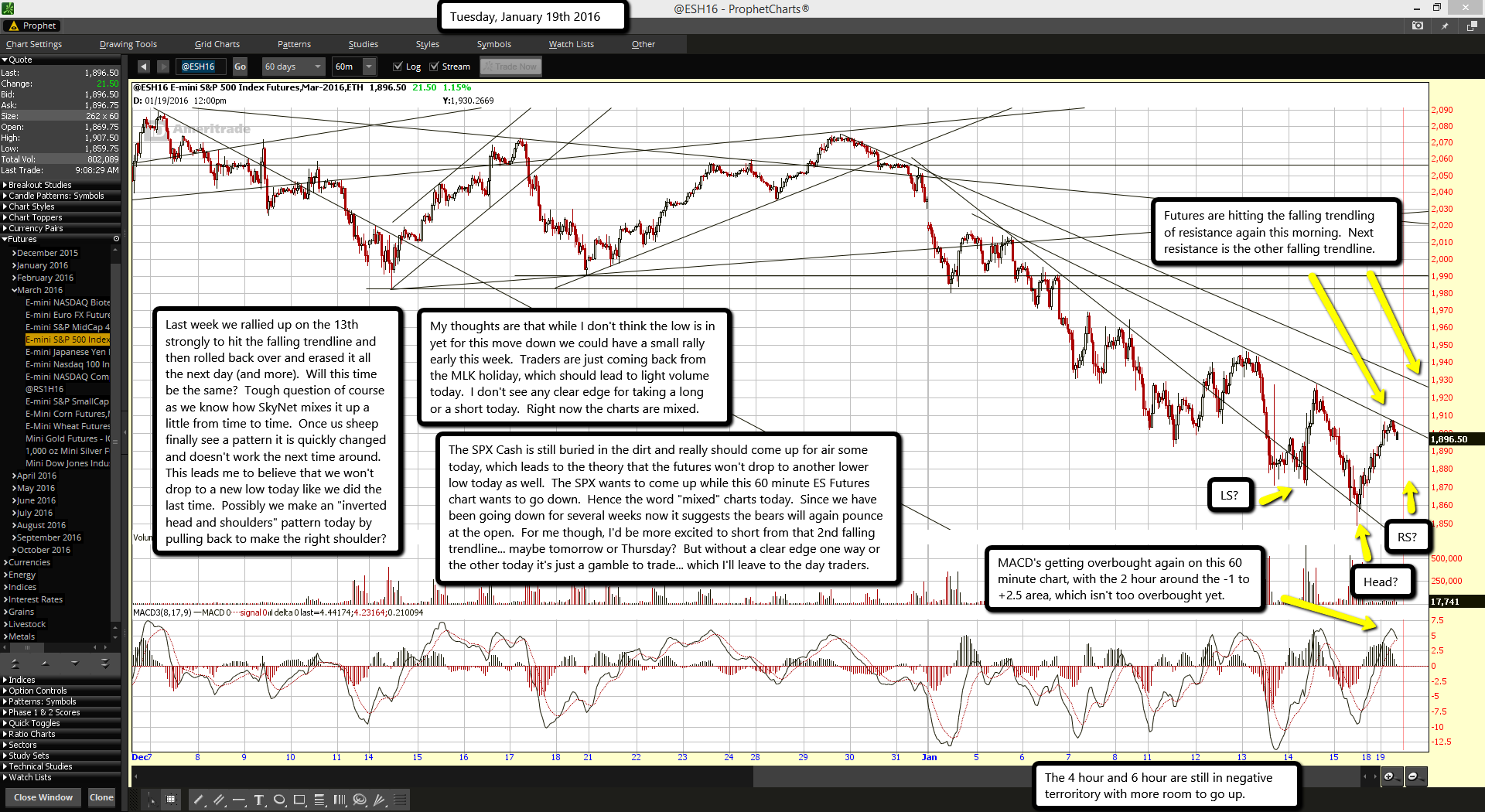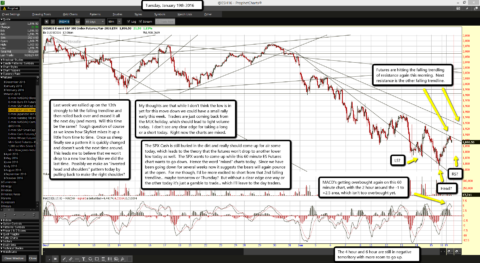[ad_1]
 |
| JPMorgan chief executive Jamie Dimon |
US banks reported last month stronger-than-expected revenues
and much better profits for the fourth quarter of 2015, showing
that pro-longed cost-cutting efforts have left them resilient
earners.
As they now hope finally to emerge from an era of large
regulatory fines and legal bills, banks could become once again
a useful payer of dividends to investors.
For the full year 2015, JPMorgan delivered its record net income
of $24.4 billion. Bank of America produced its best profit
since before the financial crisis, at $15.9 billion. Citigroup brought in $17.1 billion of
profit for 2015, its best result since 2006.
Shareholders – and the analysts who had failed to
predict these strong results – reacted in quite
predictable fashion. They dumped the banks’
stocks.
Citigroup’s share price fared worse, falling 7%
after results and dragging the bank’s market
valuation down to just 0.7 of tangible book value per share.
JPMorgan’s stock fell a more measured 2.5% and
Bank of America’s fell just 2%.
However, even stock-market darling Wells Fargo saw its share
price fall by 5.5% in the days after it announced $23 billion
in net income for 2015, a year in which, after 13 consecutive
quarters of declines in non-performing assets, it generated so
much capital that regulators allowed it to return around $3
billion in dividends and stock buy-backs each quarter.
In part, the banks simply got caught up in the general stock
market sell off at the start of the year, amid fears over
slowing Chinese and global growth and further possible declines
in the oil price.
The International Energy Agency
(IEA) estimates that weakening growth will subdue
demand for oil, even as Iran returns to an already
over-supplied market as a big producer. It sees supply
exceeding demand by 1.5 million barrels per day in the first
half of this year, with global inventories rising to a notional
1.285 billion barrels and straining storage infrastructure.
As the oil price fell below $30 per barrel in January,
analyst began to predict further declines to $25 or $20.
"Unless something changes, the oil market could drown in
over-supply," says the IEA. "So the answer to our question [can
the price fall even lower] is an emphatic yes."
Investors are focusing on banks’ exposure to
the
oil and gas sector, as well as to second-order effects on
other types of credit. JPMorgan reserved $550 million against
exposure to the oil and gas sector in 2015 and expects to add
more in 2016.
New credit crisis
Analysts are starting to worry that, as companies have
leveraged up once more to reward shareholders with the benefit
of cheap debt, a new credit crisis is upon us and that banks
might not be building reserves fast enough.
JPMorgan chief executive Jamie Dimon told analysts: "You
know me, I’d put up more if I could but accounting
rules dictate what you can do."
Dimon seemed to suggest that banks would almost be compelled
to keep lending to oil companies to prevent a crisis as other
market sources of funding disappear.
"The oil folks have been surprisingly resilient," says
Dimon. "Remember, these are asset-backed loans. A bankruptcy
doesn’t necessarily mean your loan is bad."
He admits: "If banks just completely pull out of markets
every time something gets volatile and scary,
you’ll be sinking companies left and right."
If the stresses now hitting the oil and gas and metals and
mining sectors are the canary in the coal mine, JPMorgan
isn’t sucking gas just yet, according to chief
financial officer Marianne Lake.
"We’re watching very closely industries that
could have knock-on effects like industrials and
transportation, but we’re not seeing anything
broadly in our portfolio right now," she says.
Citigroup might be, though. More exposed than its peers to
emerging markets – which the World Bank suggests suffered their weakest
growth since 2001 last year, and where it fears spillover
risks in 2016 from
weak growth or recession in Brazil, Russia, South Africa and
China – Citigroup built $300 million in
reserves related to oil and gas in the last quarter of
2015.
Mindful of second-order effects, it built another $300
million across the rest of its portfolio and predicts credit
costs in its wholesale business of $600 million for the first
half of this year. And that is based on oil at $30 per
barrel.
John Gerspach, Citigroup’s chief financial
officer, admits: "If oil were to drop to say $25 a barrel and
then stay there for a sustained period of time, then that
first-half cost of credit number that I gave you [$600 million]
might double."
Citigroup’s overall exposure to the oil sector,
including funded loans and unfunded commitments, is $58
billion, with 80% of that to companies for now-rated investment
grade.
Bank of America chief financial officer Paul Donofrio says
that while the bank has $21 billion of utilized exposure to the
energy sector, that represents just 2% of total loans, and of
that $21 billion just $8.3 billion is to borrowers in the two
high-risk sectors of exploration and production and oil field
services.
The bank has reserves on those exposures of $500 million and
believes that if oil stayed around $30 per barrel for nine
quarters, losses would be about $700 million.
"Outside of energy, we are not seeing asset-quality change
nor are we seeing a reduction in appetite for our credit," says
Donofrio.
The banks are desperately trying to make the case that if
the oil price falls simply because of over-supply –
and not because of more worrying collapse in demand –
then contagion will not spread form the oil sector and that
other sectors might well benefit.
Their problem is that the market just doesn’t
buy it.
"We estimate that US high-yield market is pricing a 6.1%
default rate in 2016 versus a current default rate of 3.2%,"
says Alberto Gallo, head of global macro credit research at
RBS.
"However, defaults could spread beyond the energy sector,
into retail and manufacturing – each 5% of the US
high-yield market. We estimate that 10% of high-yield
manufacturing firms have exposure to the energy sector."
[ad_2]













 Wealth of Common Sense
Wealth of Common Sense






 Oxfam
Oxfam

 Oxfam
Oxfam Getty Images
Getty Images Reuters
Reuters






